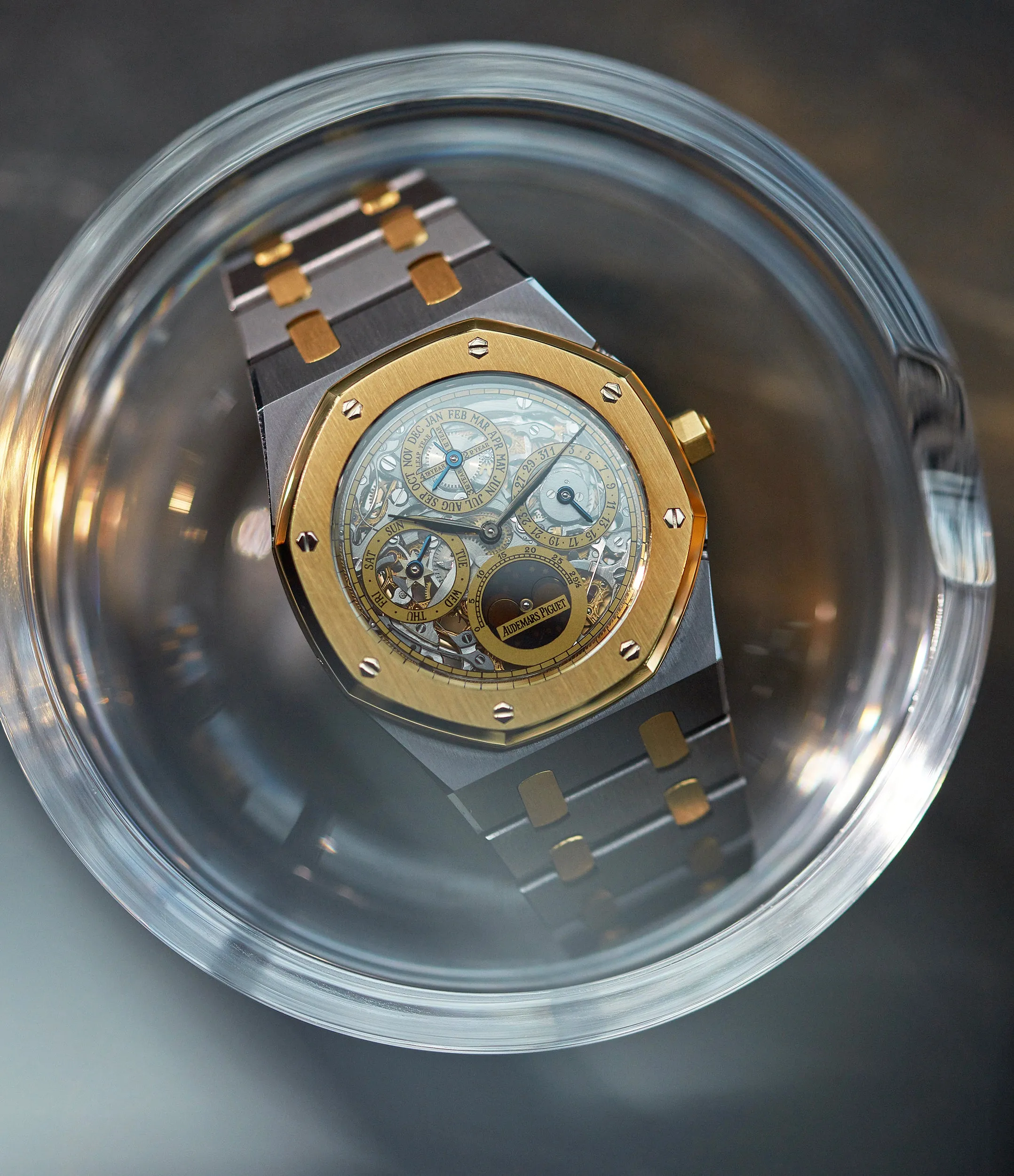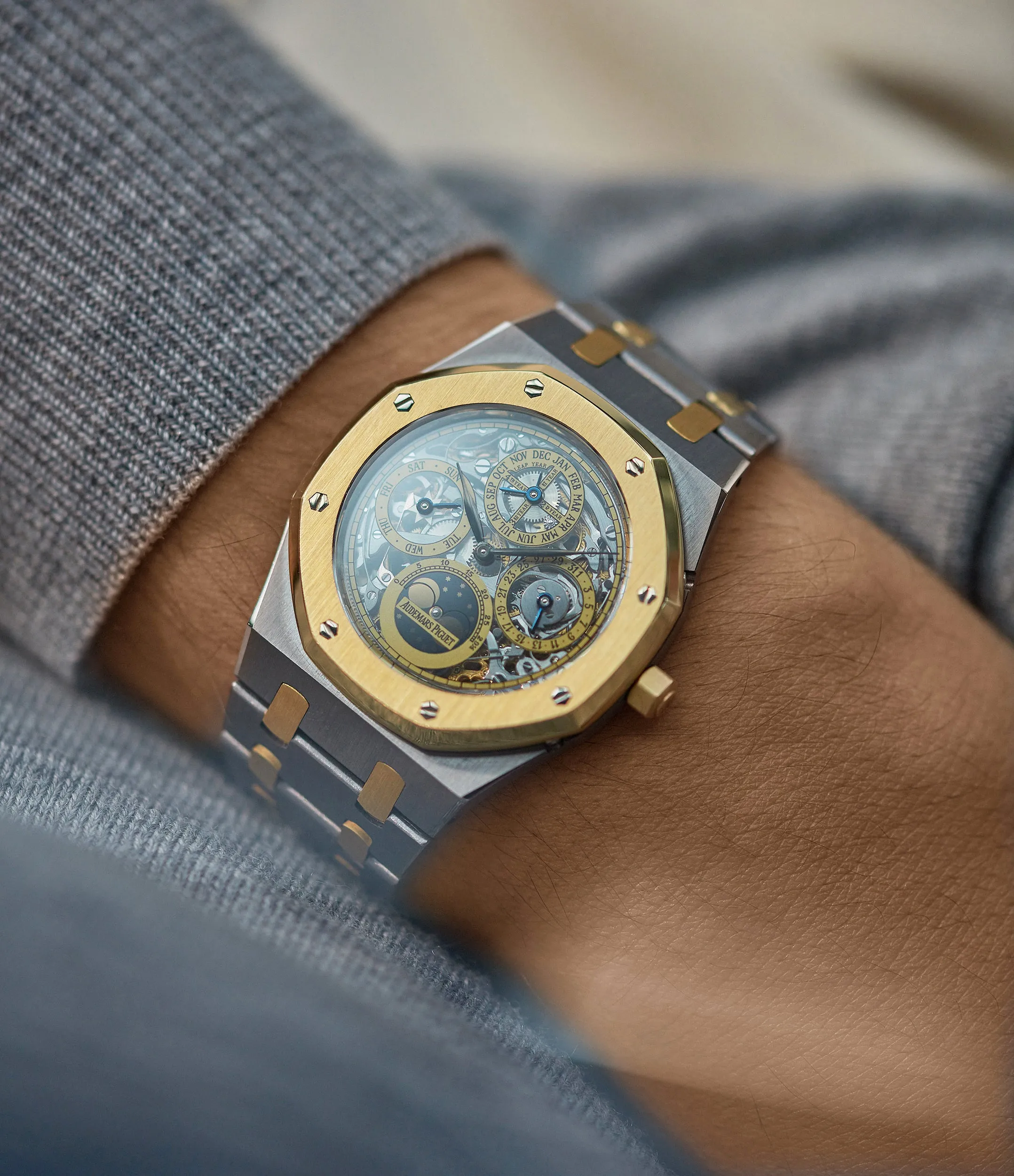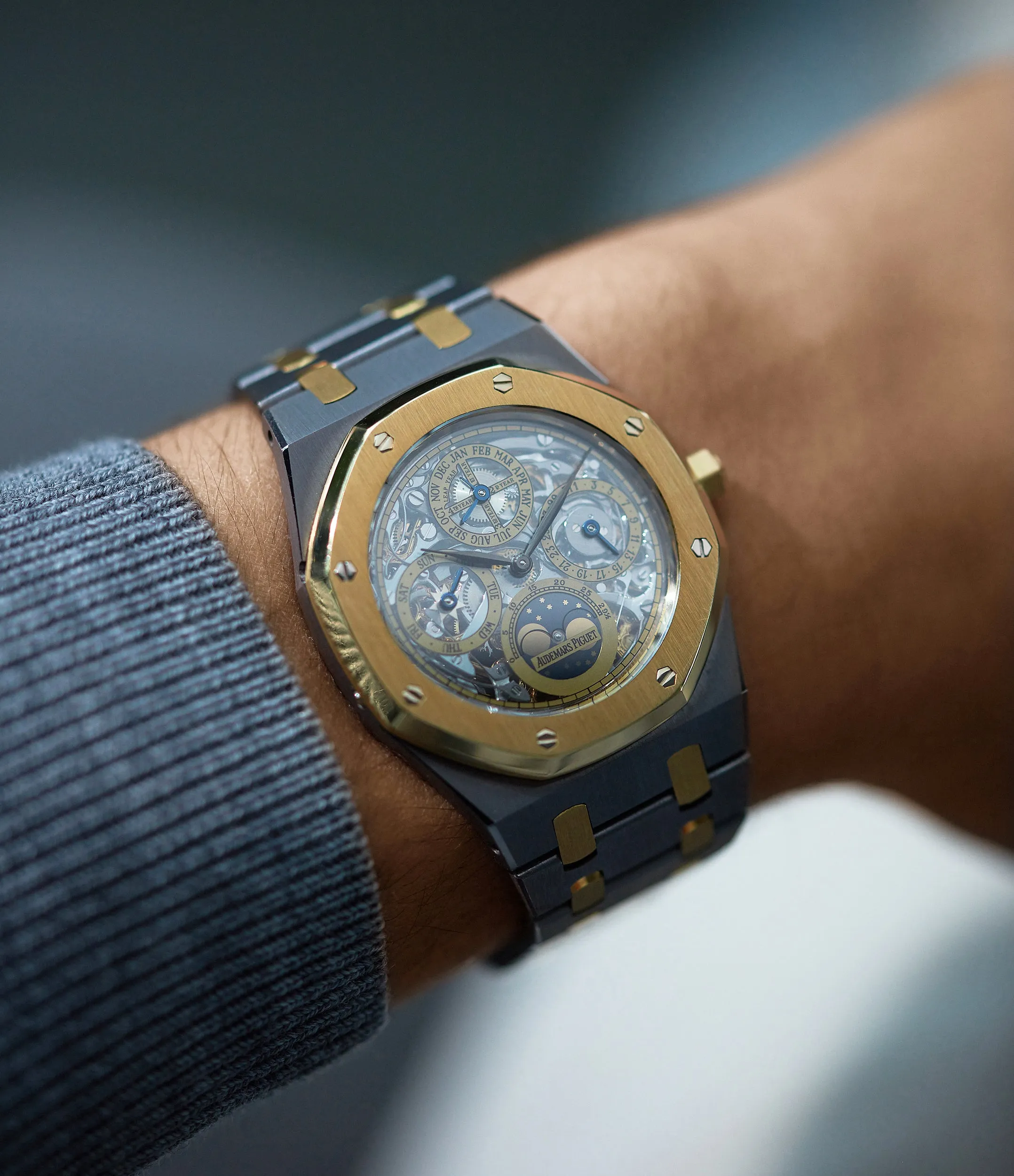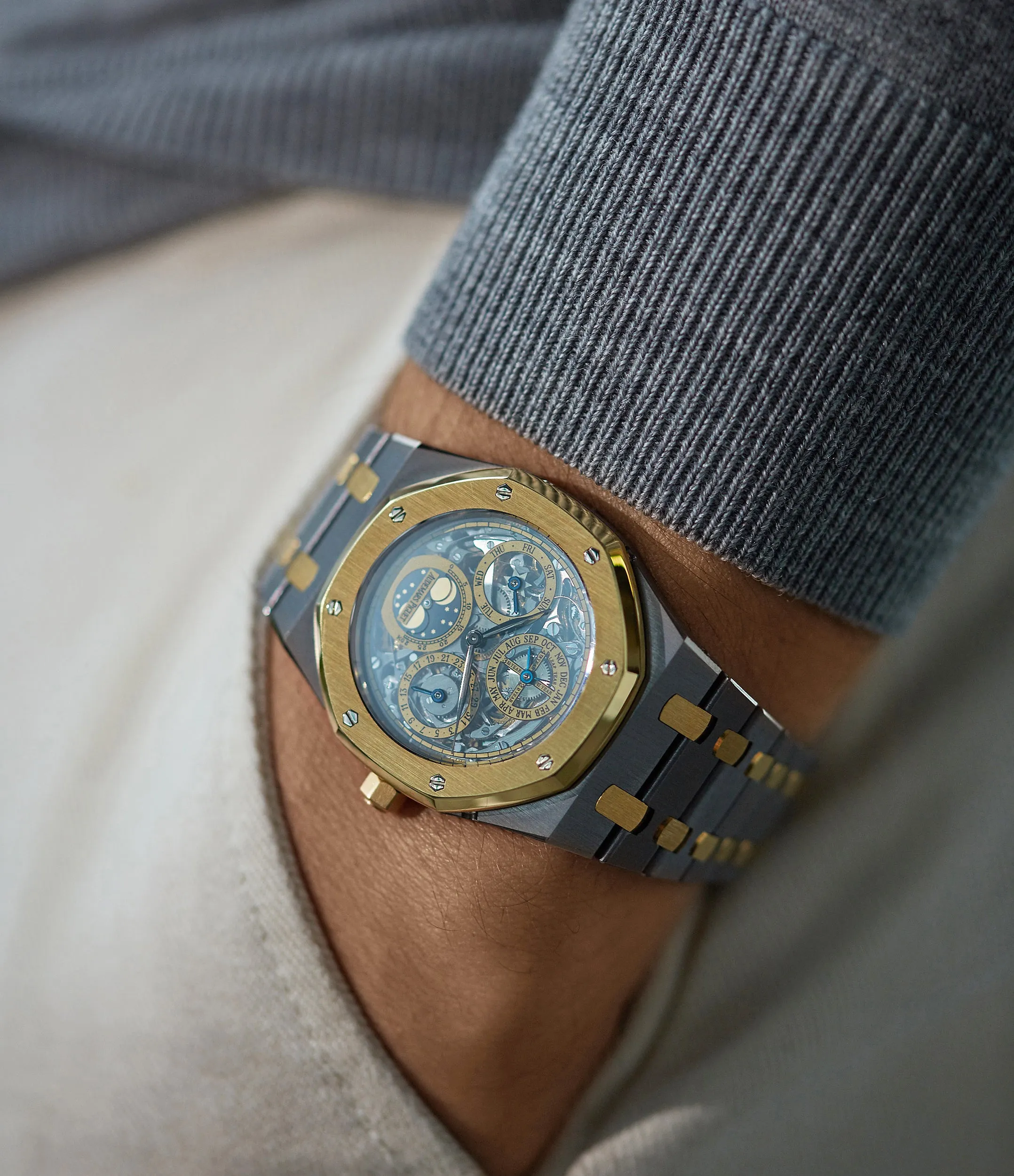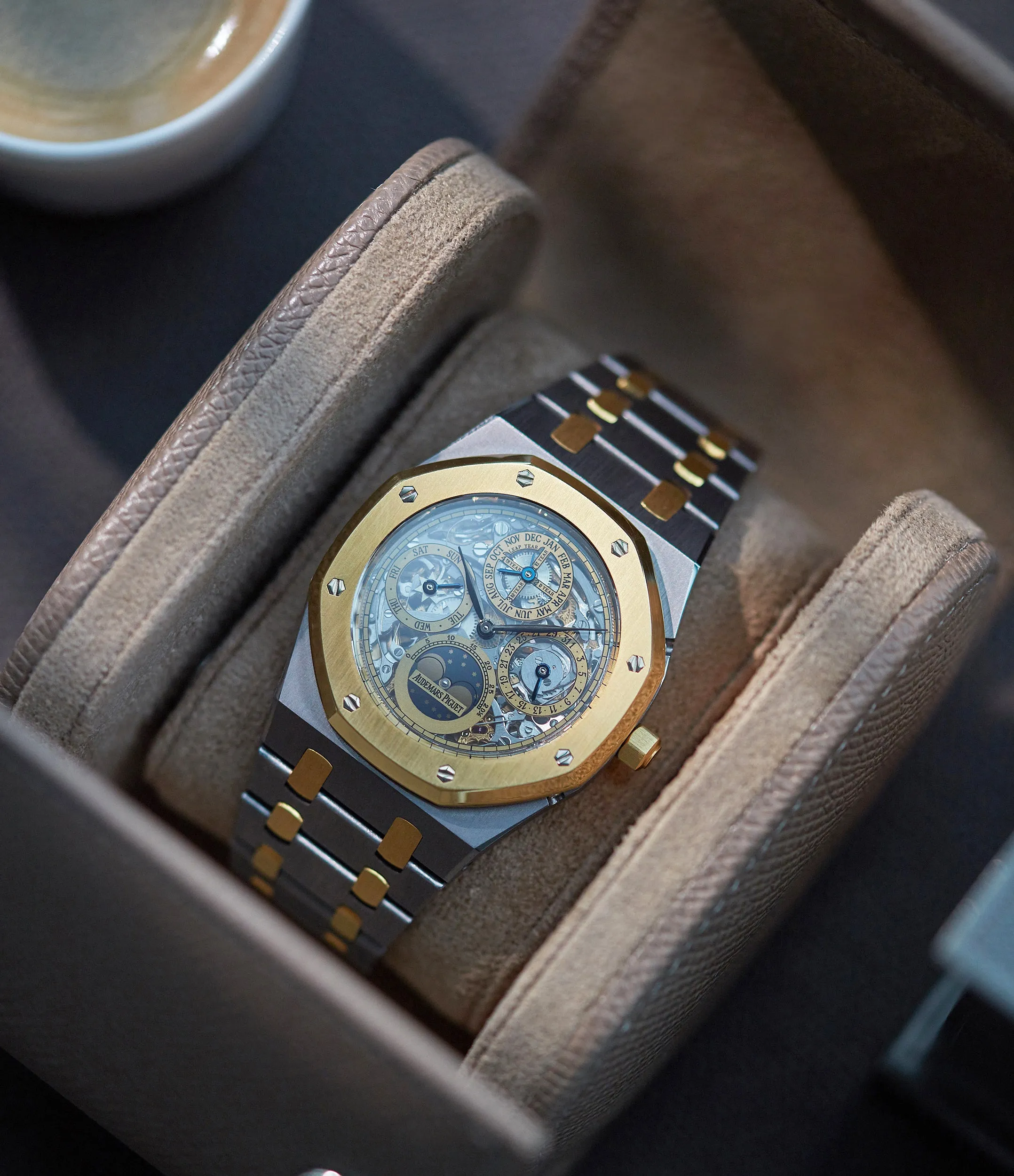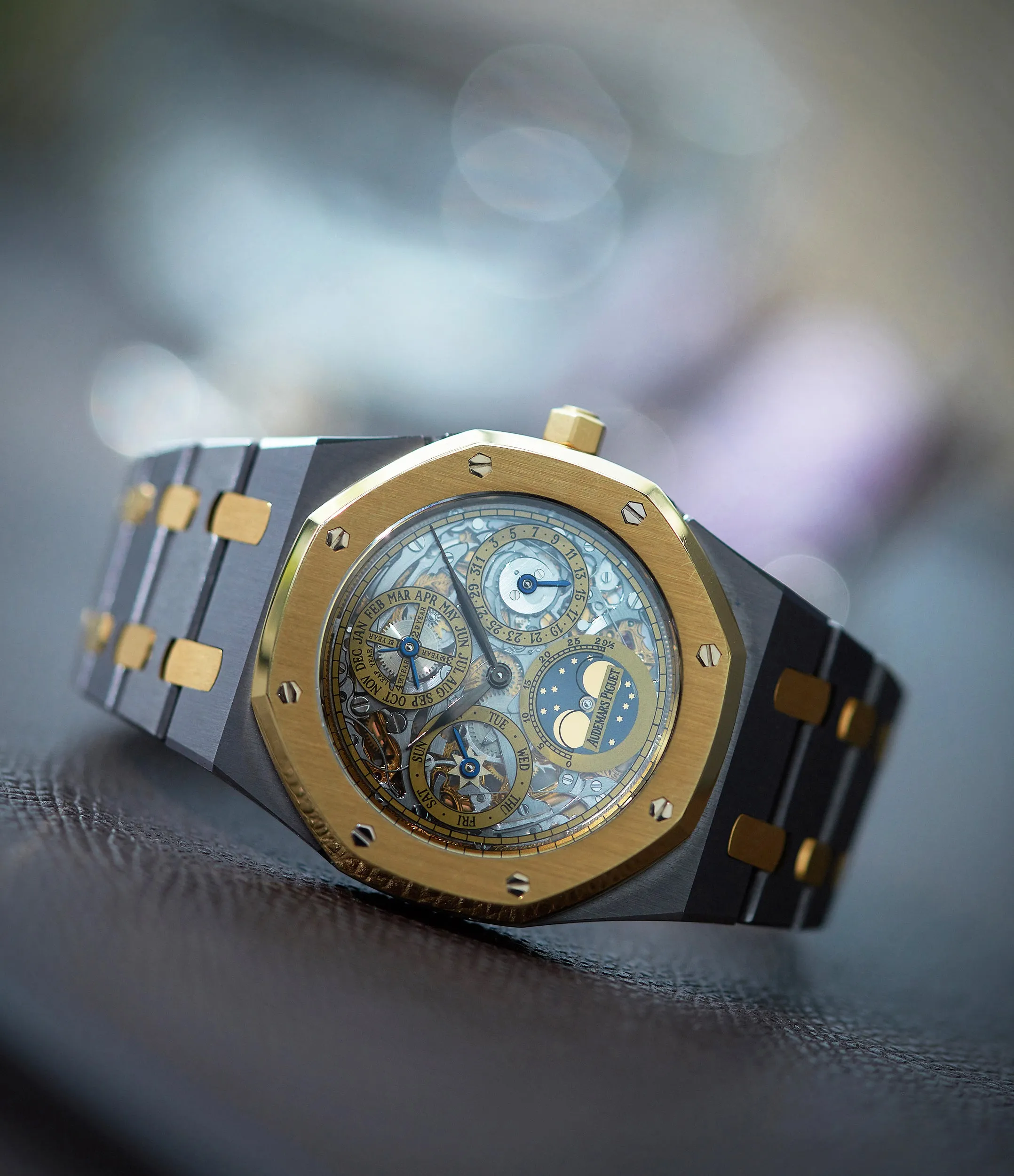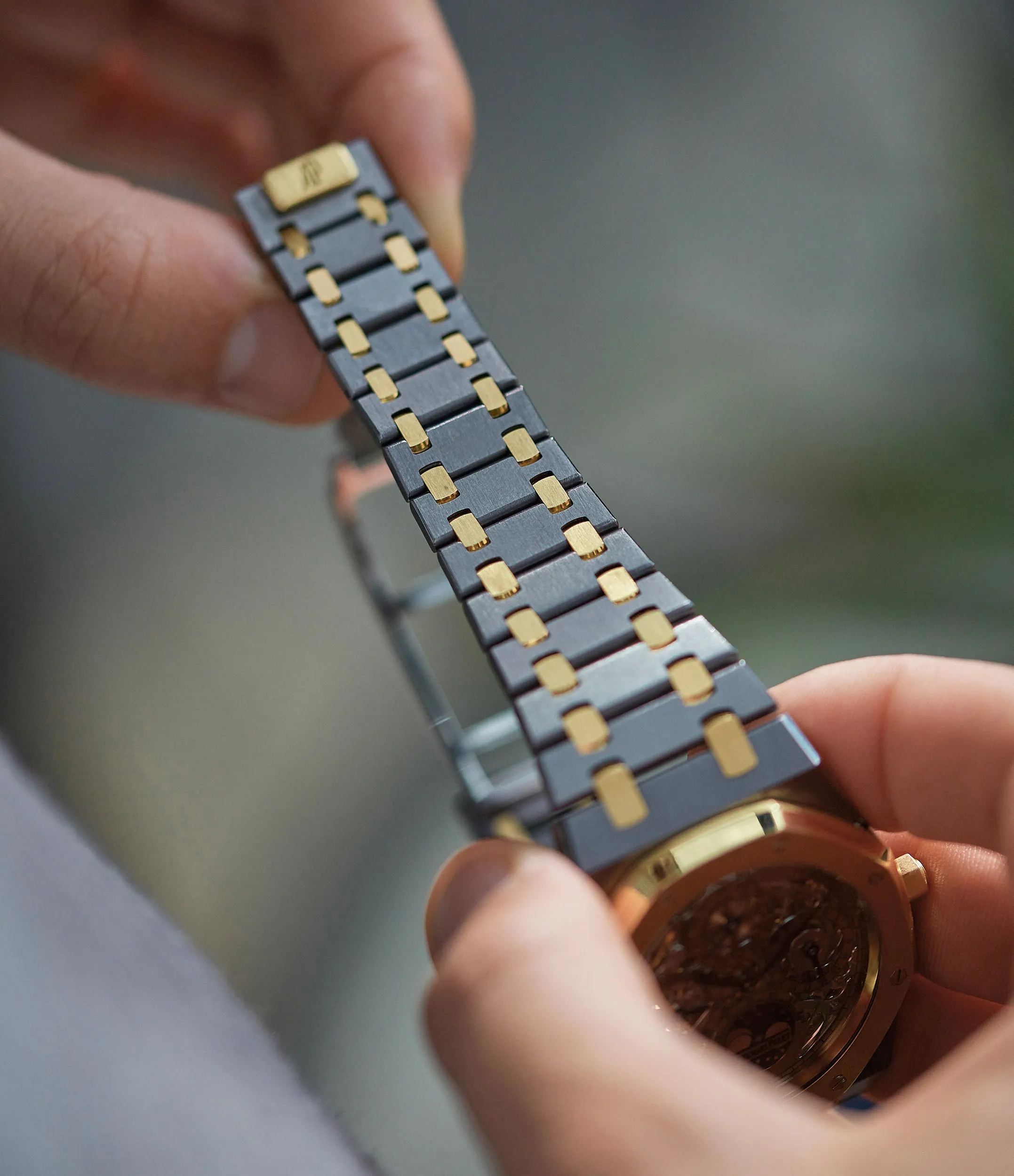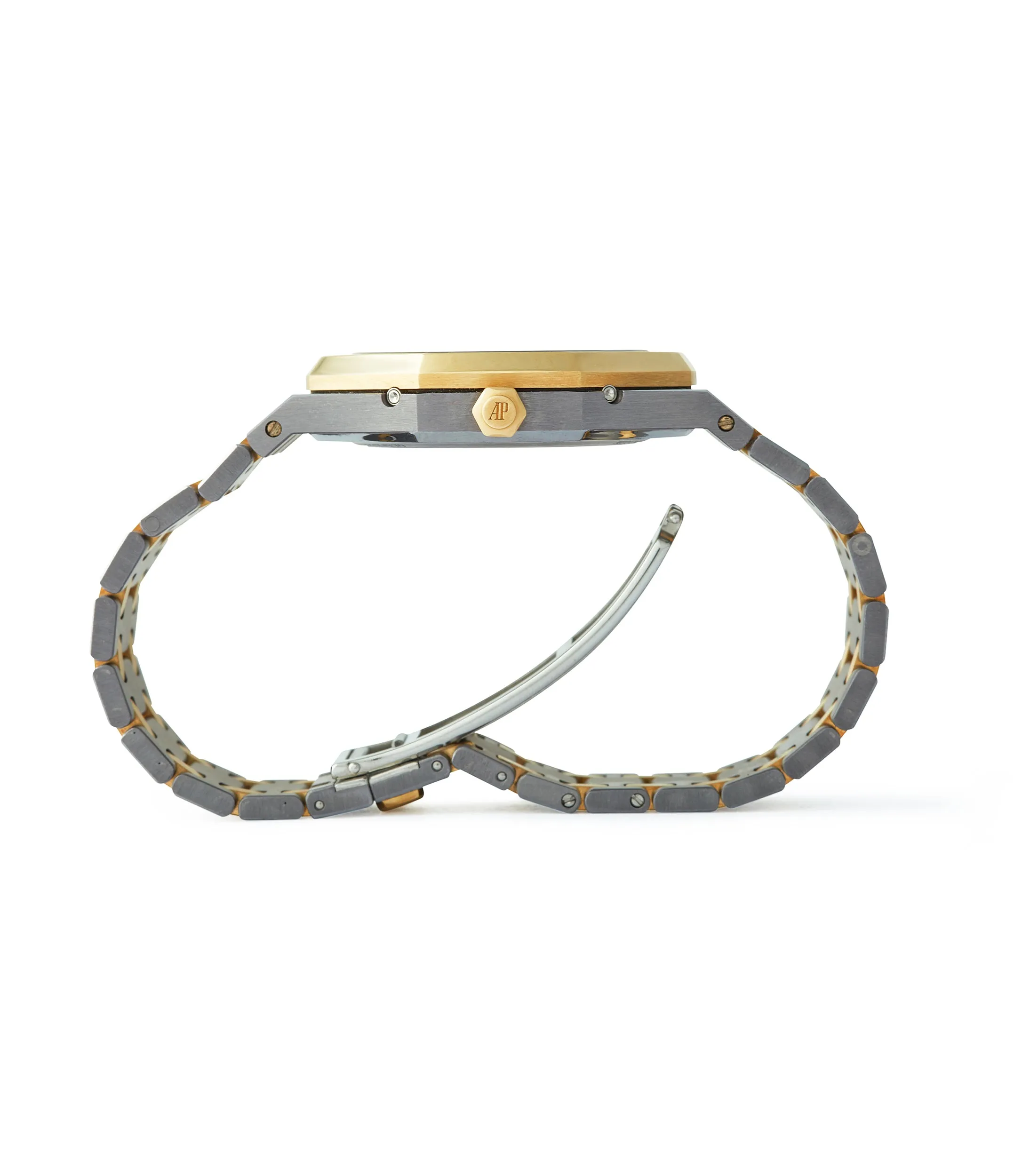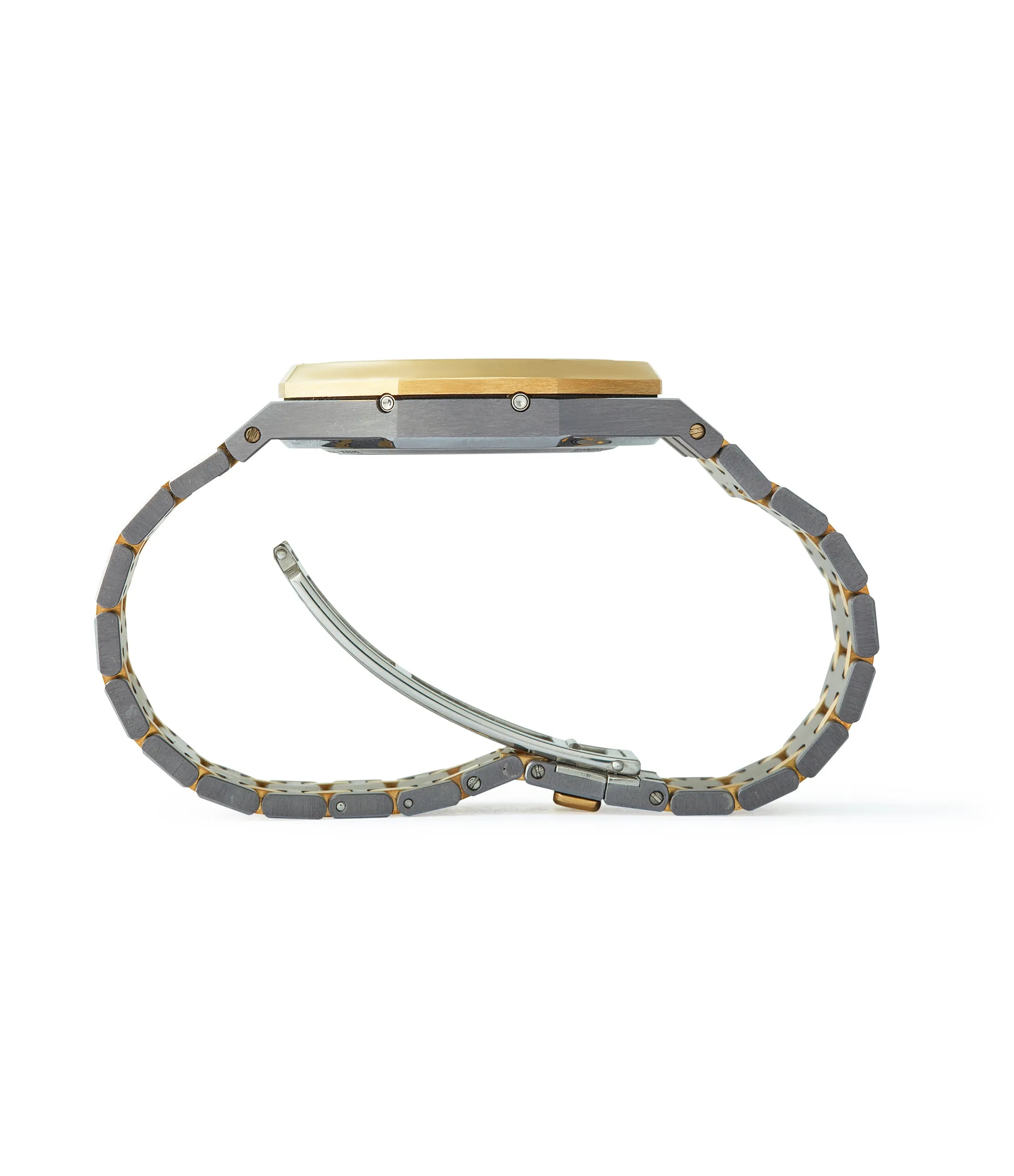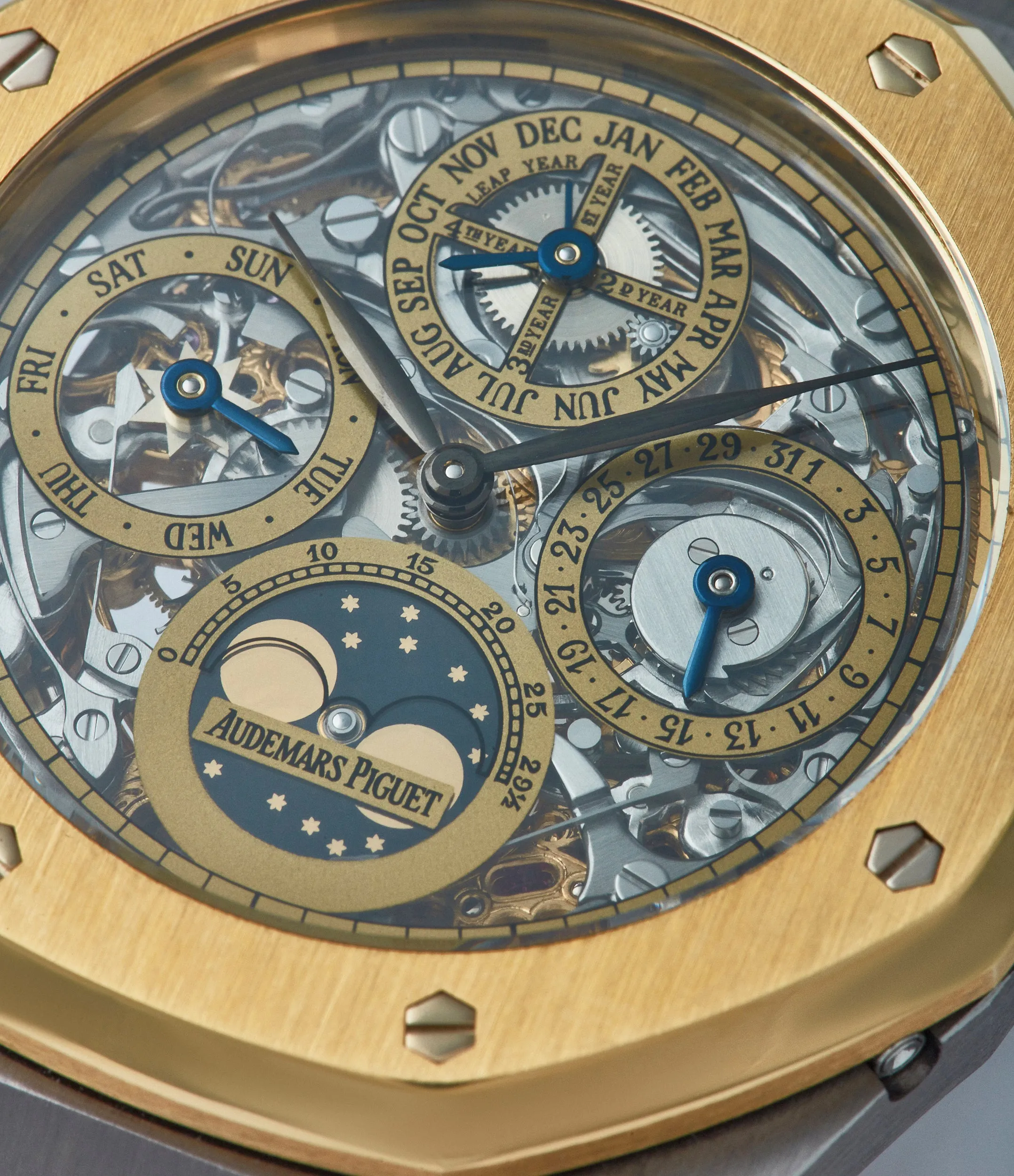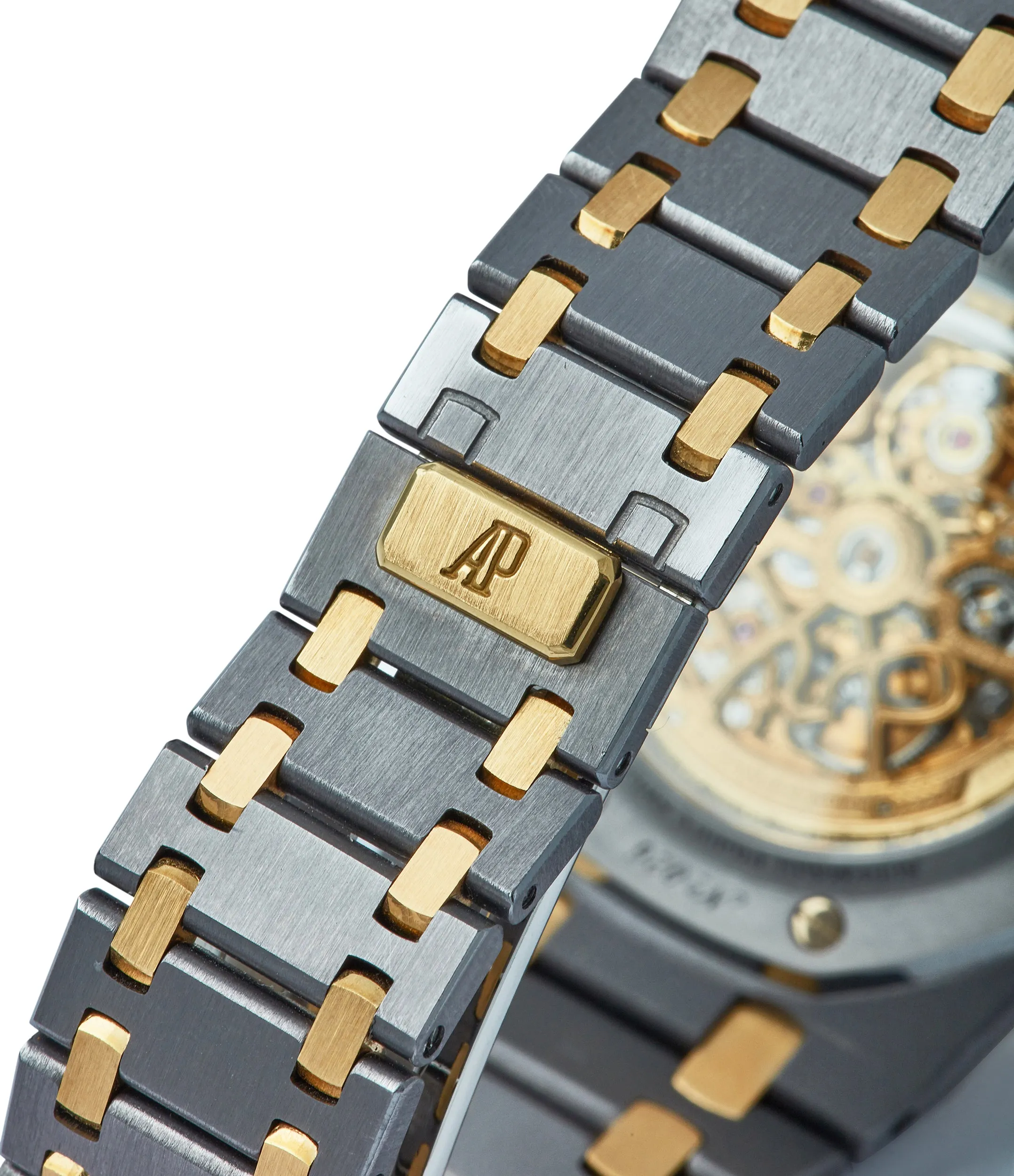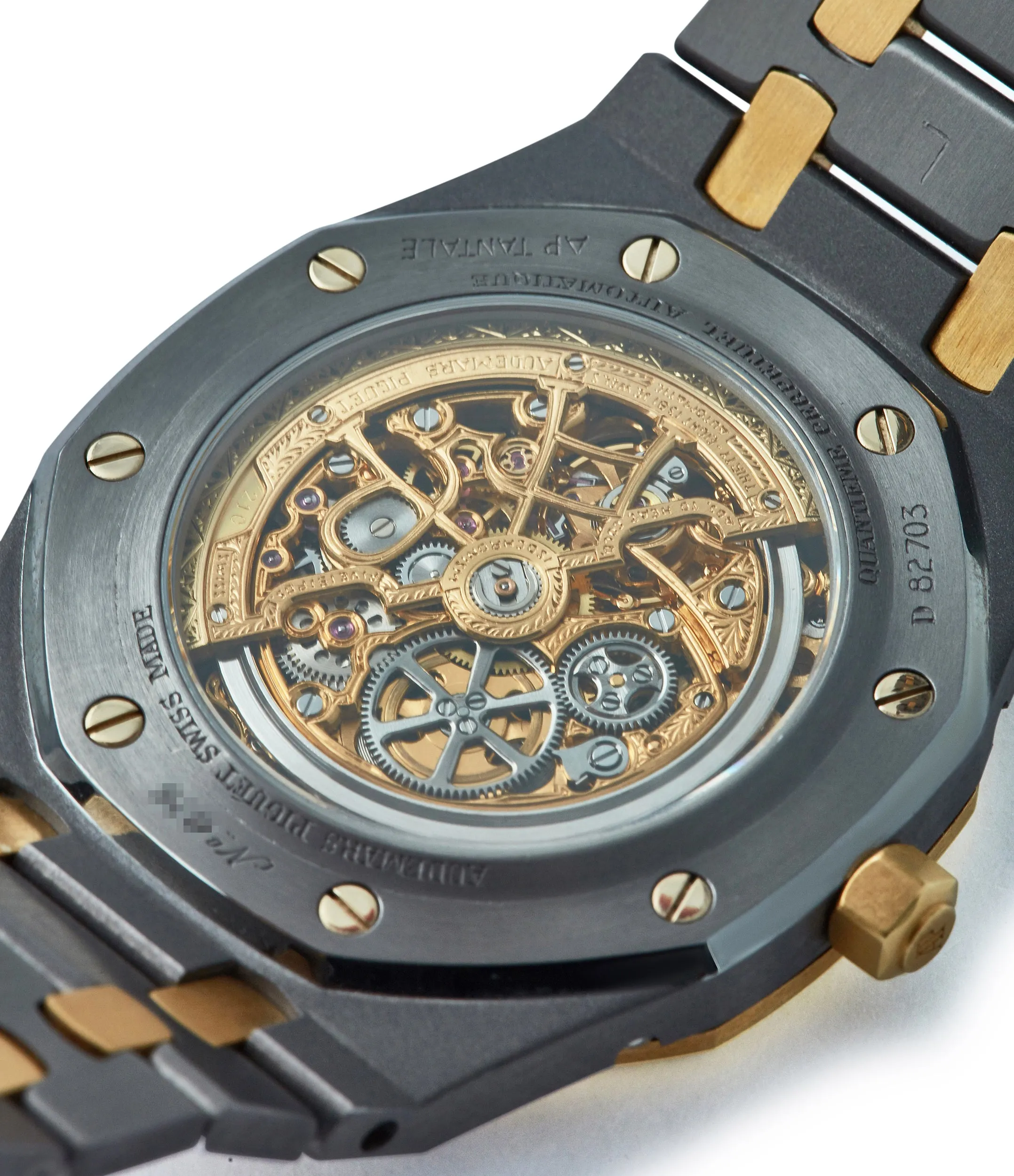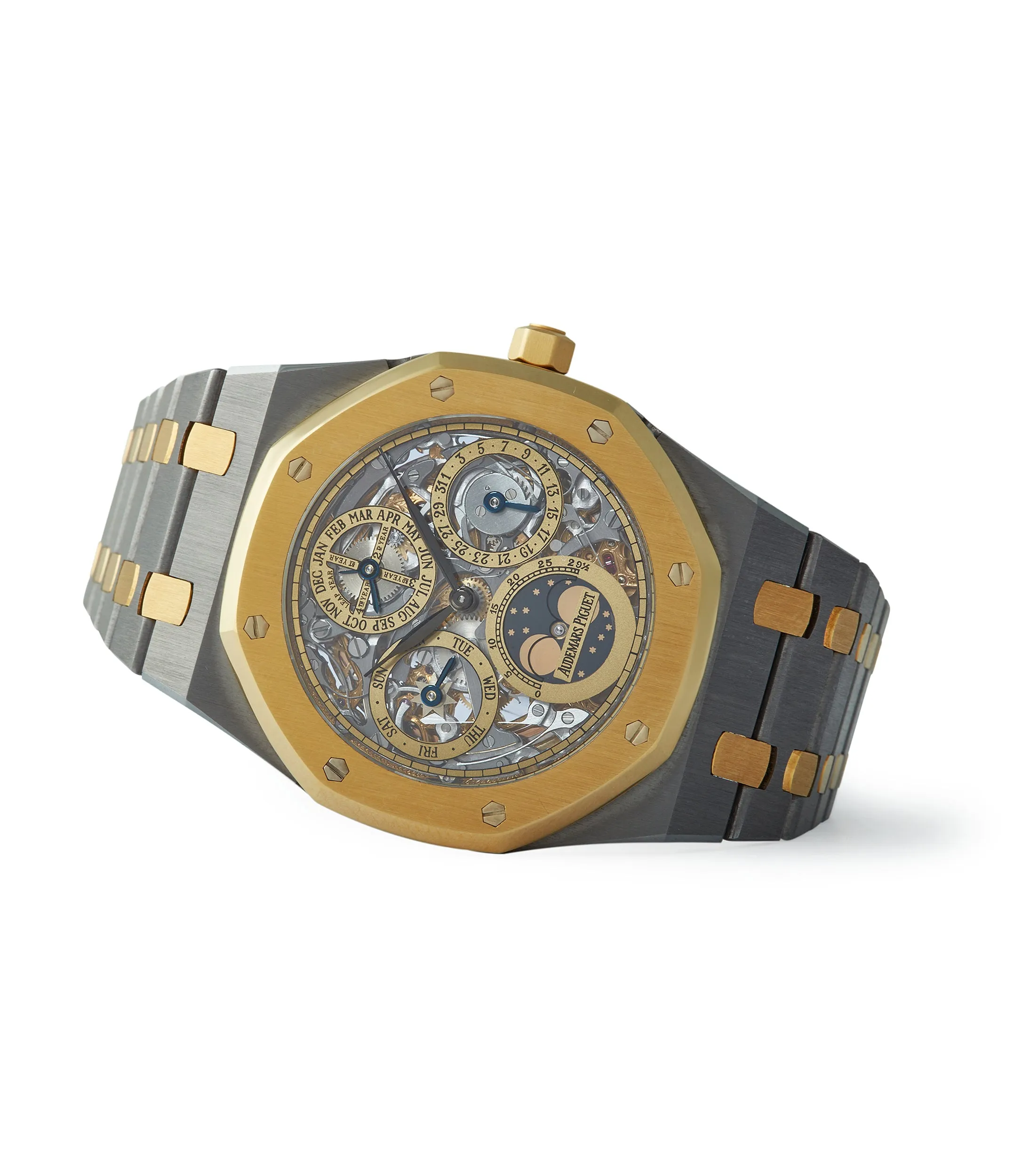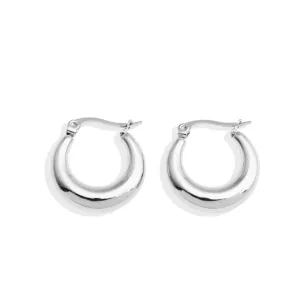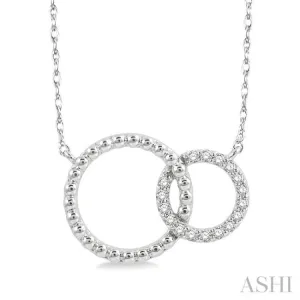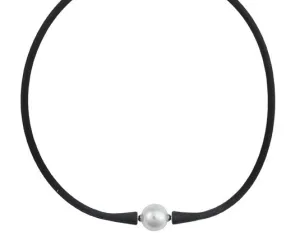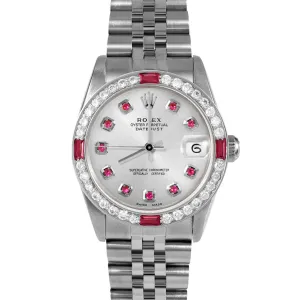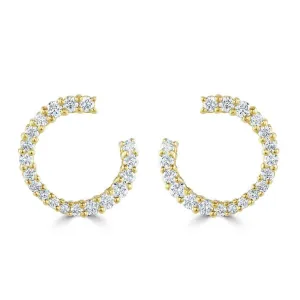Believed to have been limited to 15 pieces, this Royal Oak Quantième Perpétuel ref. 25829TA by Audemars Piguet combines a range of distinctive features. With its exposed perpetual calendar mechanism, classic Royal Oak design and unusual two-tone case, it brings together some of the brand’s most impressive savour-faire.
A Perpetual Calendar Royal Oak
It’s been almost 50 years since the creation of the original Royal Oak. First unveiled by Audemars Piguet in 1972 and designed by , who incidentally also penned the Patek Philippe Nautilus, the Royal Oak has become a cultural icon. Due to its distinctive features and its role as a pioneer for high-end luxury sports watches, its appeal has endured over the years.
Shortly after its introduction, Audemars Piguet experimented with different versions of the Royal Oak, in an attempt to bring Genta's original sketch to a wider audience, through a range of sizes and complications. The first Royal Oak to feature a perpetual calendar complication was released in 1983, as - later designated the ref. 25554. At the time, the combination of the sporty, Royal Oak case and complicated perpetual calendar movement was an unusual, forward-thinking approach by the brand. It would be decades before Patek Philippe would attempt something similar with their Nautilus.
A Canvas for Experimentation
Since its introduction, Audemars Piguet has used the Royal Oak Perpetual Calendar as a canvas to experiment with different metal combinations and dial designs. From the bright to the varied two-tone cases, the collection offers a rich variety of configurations, where the manufacture has pushed the boundaries of conventional design.
This ref. 25829TA speaks to that approach, with its , as well as its open-worked dial. An unusual metal, rarely ever seen in watchmaking, dark grey tantalum is highly resistant to both corrosion and wear. An Audemars Piguet advertisement from 1989 describes two-tone tantalum watches in the following words,
“Shimmering and resplendent in grey-blue, with a contrast of gold that is simply unmatched and beautiful.”
An expensive material, traditionally used in the medical and aerospace fields, the metal is also notoriously hard to work. According to Raphaël Balestra, Audemars Piguet's Museum Archivist, the machines that were used to shape tantalum needed replacing much more often, making the watches which integrated this unusual material all the more expensive to produce. Combining this with yellow gold, in a rather distinctive two-tone case, speaks to Audemars Piguet’s innovative approach at the time, reinforced by the striking open-worked dial.
The Design
This Quantième Perpétuel ref. 25829TA - with TA indicating the mixed tantalum and yellow gold case - features a transparent dial, which showcases the masterfully finished workings of the movement. With the manufacture having a long standing record in creating open-worked dials, this Royal Oak represents a more contemporary approach to this tradition. The subsidiary dials and minute track are rendered in a warm golden colour, which complements the yellow gold accents of the case. Many of the visible components are brushed and bevelled, with hand-engraved golden plates also peeking through in certain corners.
It features the "Audemars Piguet" signature in the more modern lettering, adopted by the brand towards the end of the millennium. The black feuille hands also help with the legibility of the time, despite the richness of colours and textures created by the open-worked dial.
The case is an impressive example of workmanship, with a yellow gold bezel, crown and centre links. The majority of the watch - notably the mid-case and larger links - are make out of dark grey tantalum. The contrasting metals elegantly complement each other, echoing the colours found on the dial and movement. The stainless steel clasp bears the hallmark of Gay Frères, who produced the first Oyster bracelets for Rolex, as well as integrated bracelets for the original Nautilus and Royal Oak.
The Movement
This Royal Oak Quantième Perpétuel is powered by the AP caliber 2120/2800, derived from Jaeger-LeCoultre’s legendary ultra-thin JLC 920 calibre movement. The caliber 2120 was an initial project of Jaeger LeCoultre in 1967, funded and contributed by Audemars Piguet, and famous for its adoption by Audemars Piguet, Patek Philippe and Vacheron Constantin.
The ultra-thin automatic 2120/2802 calibre features 38 working jewels, Gyromax balance and four ruby wheels to support the full-diameter rotor, which runs on a beryllium rail for stability. The AP calibre 2120 remains the thinnest full-rotor self-winding movement in the world, considered by many as one of the most technically refined wrist-watch movements ever made. Visible through the sapphire caseback, the yellow gold rotor is hand-finished, with various decorative motifs visible.
The Set
This Royal Oak Quantième Perpétuel ref. 25829TA is accompanied by an Extract from the Archives, which confirms the watch’s case, movement and serial number.
| Brand: | Audemars Piguet |
| Model: | Royal Oak Quantième Perpétuel ref. 25829TA |
| Movement: | mechanical automatic AP Calibre 2120/2802 |
| Functions: | perpetual calendar: month, date, day, moon-phase; hours, minutes |
| Features: | tantalum-yellow gold case, open-worked dial |
| Case: | 39 mm tantalum and yellow gold |
| Crystal: | sapphire front and back |
| Bracelet: | tantalum and yellow gold bracelet, Gay Frères signed clasp |
| Year: | c. 1995 |
| Box & papers: | Extract from the Archives |





